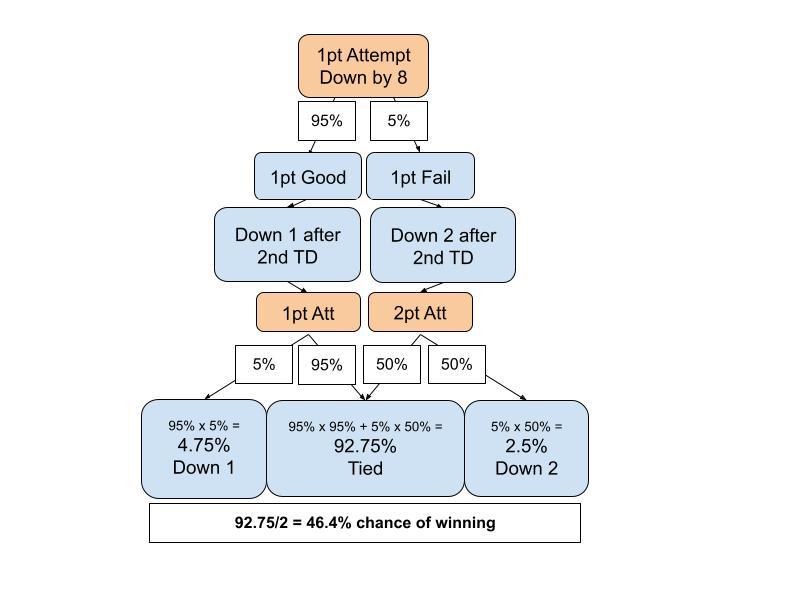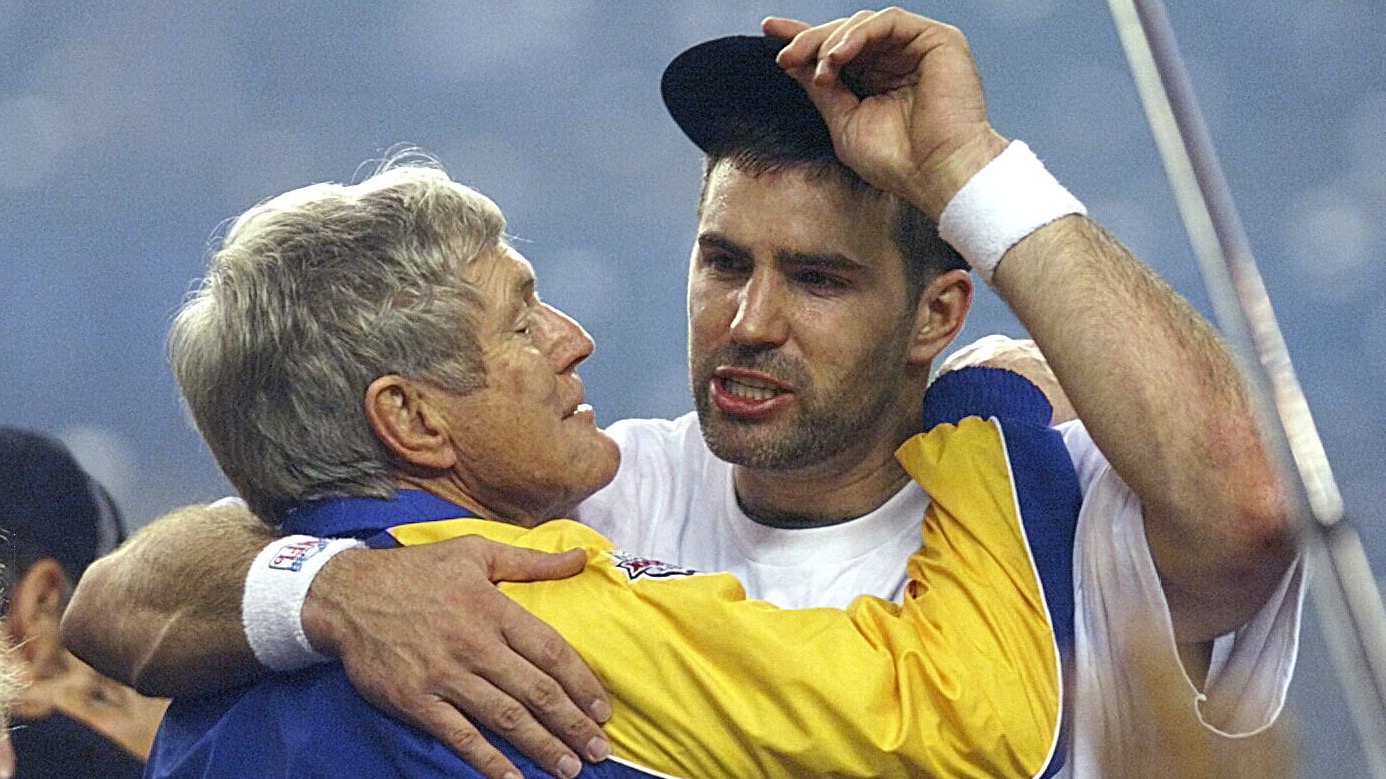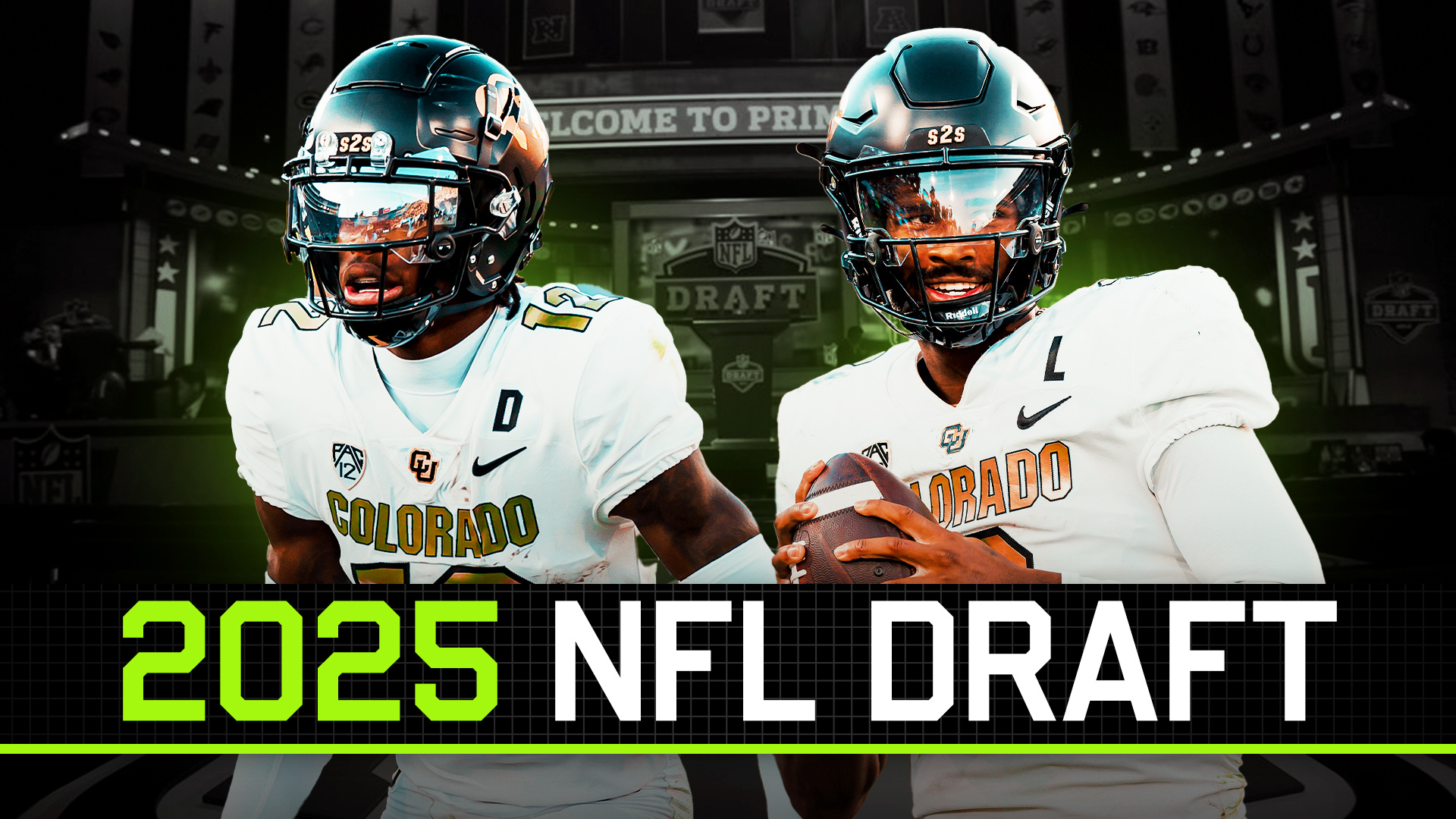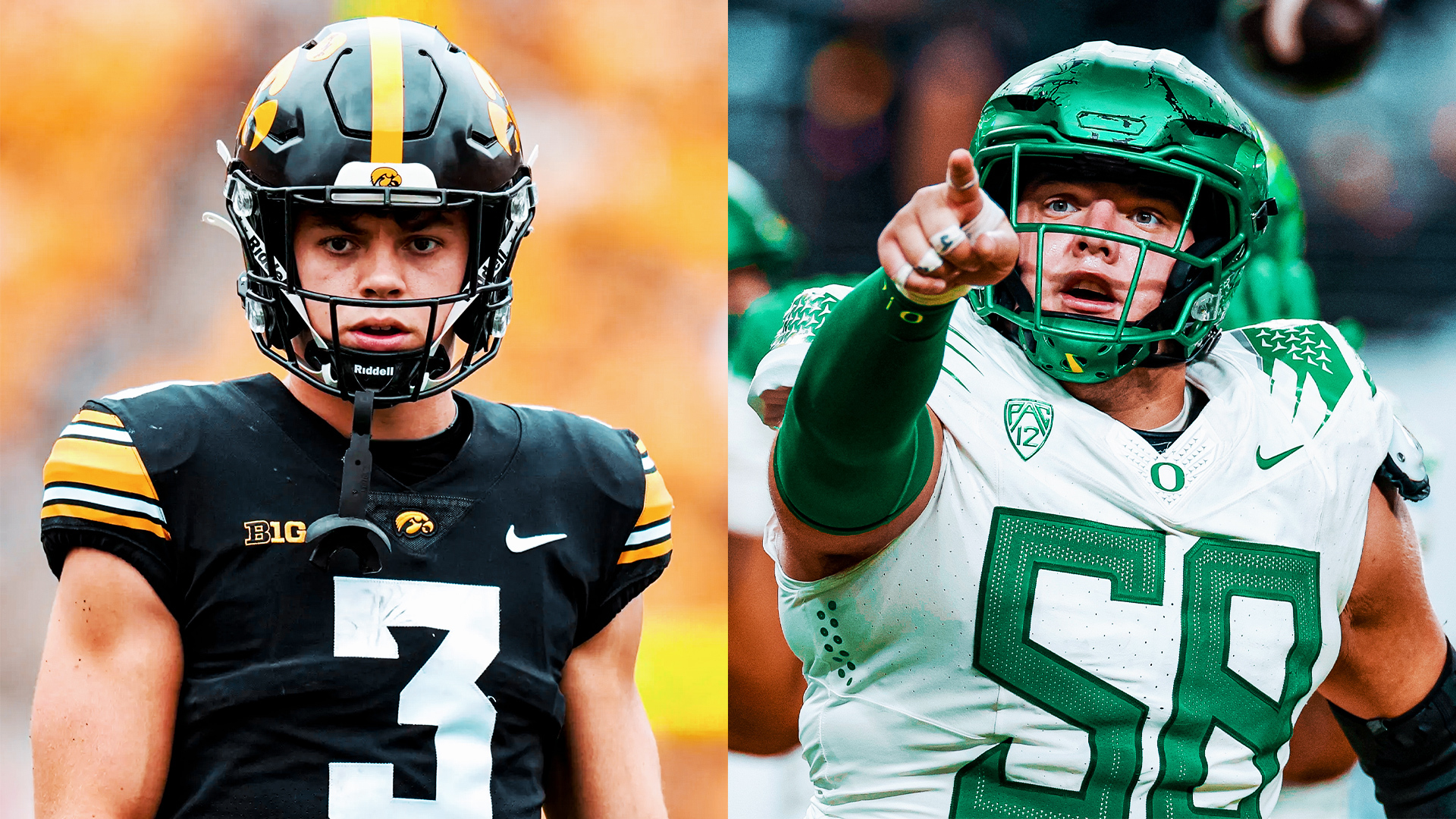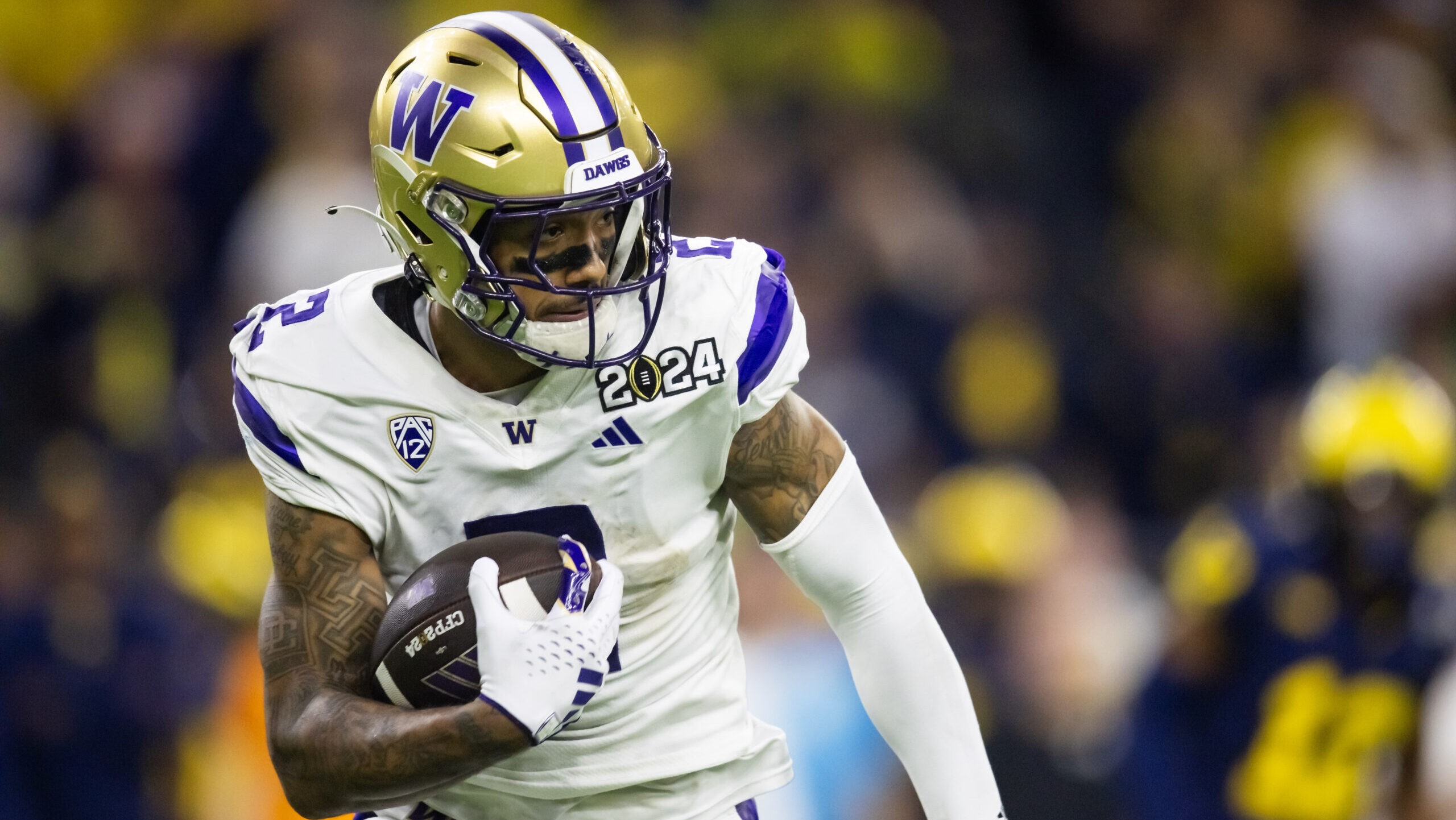Analysis
9/26/23
4 min read
Why Packers' 2-Point Conversion vs. Saints Was Right Decision
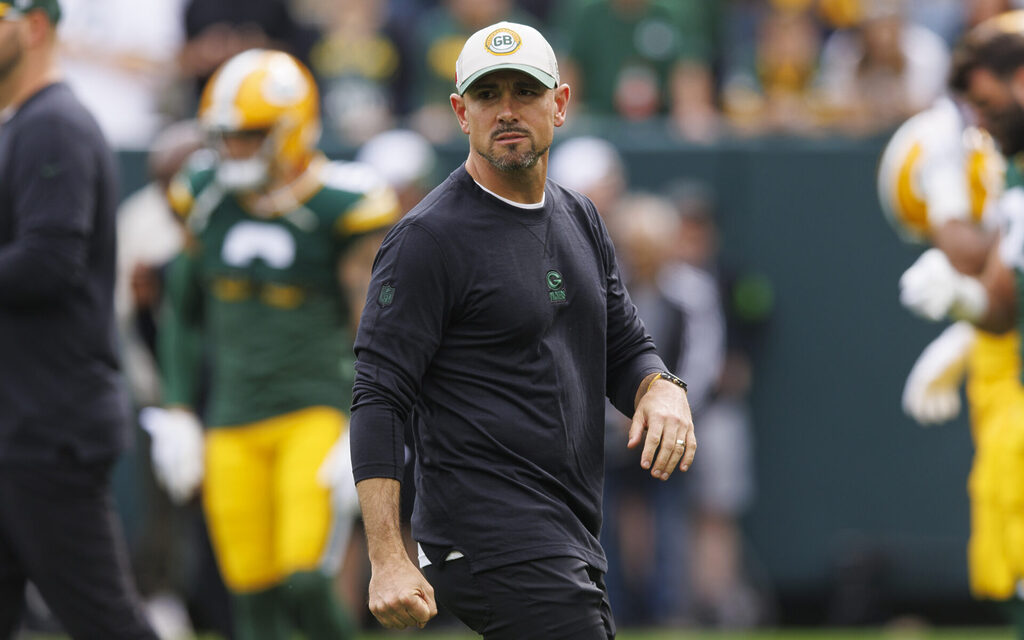
Most weeks, we review critical fourth-down decisions made by coaches in the past week’s games. We will take a slightly different angle this week, instead focusing on an interesting two-point conversion decision made by the Green Bay Packers coaching staff in their 18-17 victory against the New Orleans Saints on Sunday.
Down by 14 with 7 minutes left in the fourth quarter, QB Jordan Love ran it in on fourth-and-goal at the 1, cutting New Orleans’ lead to eight.
The Packers went for two to cut the lead to six (and succeeded). They then stopped the Saints on their next drive and took the lead in regulation with a touchdown and extra point on their next possession.
When down by 14 points late, the most common path to winning — at least in traditional football thought — is to score two touchdowns, kick two extra points and try to win in overtime.
More recent research suggests this isn’t the best option, and it’s not safer than the alternatives. Green Bay was faced with what football analytics nerds sometimes call the “down by 8” test.
Basically, you’ve found yourself in precisely this spot: losing by eight points late in the fourth quarter, and you are about to attempt the PAT. A pretty simple run-through of the math behind that decision shows that teams should consistently go for two late in the fourth quarter when they’ve cut the deficit to eight.
How the Theory Works — Generally
First, we have to assume you will score two touchdowns and stop the opponent from scoring in between. Otherwise, you can’t win the game anyway. So, all the scenarios and math assume you have two PAT attempts to figure out what to do with.
Second, the basic example assumes the second touchdown occurs with little time left for the opposing team to score. If you’re winning after this PAT, you assume you’ll win the game.
If you go for two on the first PAT, you give yourself roughly a 50/50 shot of the second touchdown tying the score without even needing the PAT. At that point, a kick gives you the lead in regulation. If you miss the two-pointer the first time, you still have another bite at the apple to tie it up.
In short, you have just under a 50 percent chance of leading the game after the second score, and the rest is split between a tie and losing in regulation.
If you compare that to kicking two extra points, you almost certainly tie in regulation, have zero chance of winning in regulation and still have a slight chance (roughly 10 percent) of losing in regulation.
Put this way, it’s a clear advantage to go for two when you score a touchdown to cut your deficit to eight. See the flow charts below to give a different view of this argument.
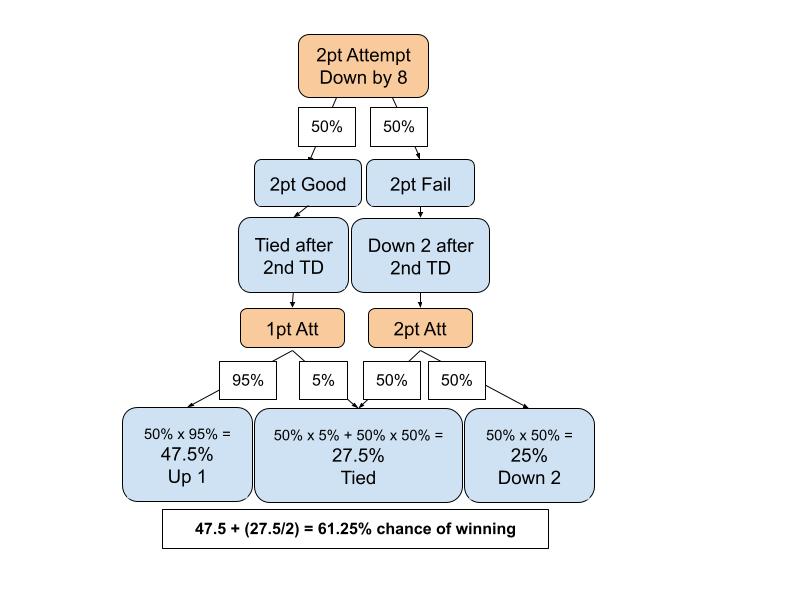
How It Played Out For the Packers
As it turned out for the Packers, the situation wasn’t exactly as clear-cut because there were still three minutes left in the game after they scored the second time. The Saints had plenty of time to respond and retake the lead, and they could not do so.
Here, we will use Sports Info Solutions’ win probability model to evaluate the choices, assuming a 2-point conversion is a coin flip and an extra point is a 95 percent proposition. The actual numbers are a smidge below that for each, 48 percent and 94 percent.
You can see below that even in the situation where the Packers went for two and took the lead (which is what happened), they were barely above 50 percent to win all-else-equal because the Saints were getting the ball with enough time left to score.
That time remaining also applied in the Packers’ favor to some extent, as they still had a pretty good shot to win if they failed to tie the score on the PAT.
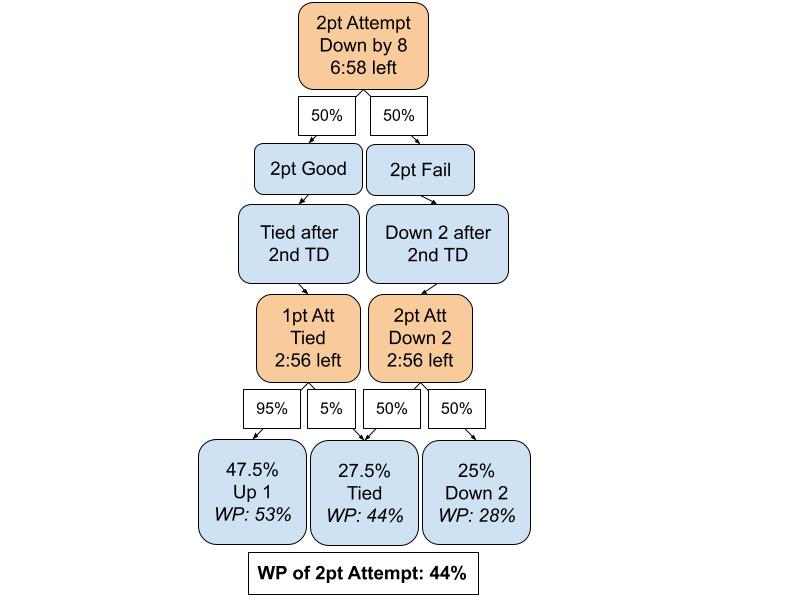
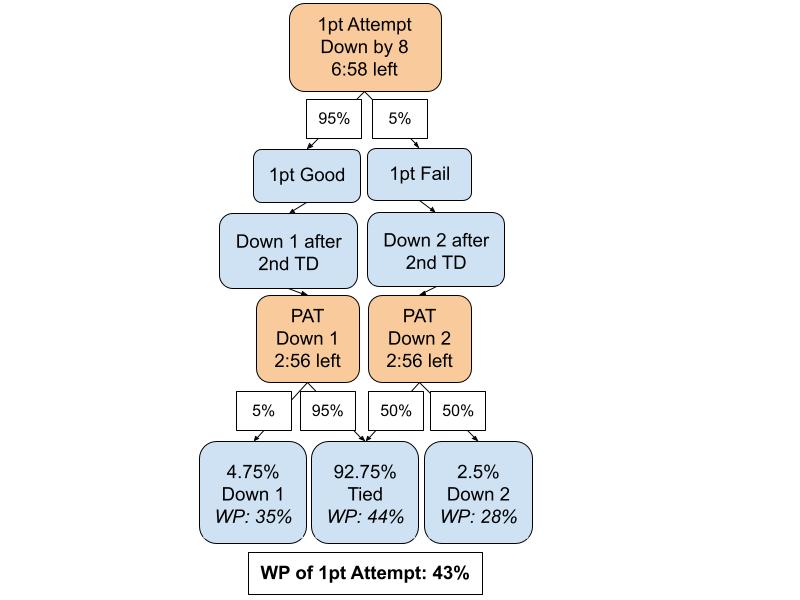
This scenario did not turn out to be as clear-cut a choice as the prototypical example would illustrate because of how little time it took for the Packers to get the ball back and score a second time.
But even in that case, the two-point attempt might have given them a slight edge mathematically, and it presented an opportunity to galvanize the team with confidence in the offense.
Green Bay passed up on playing for overtime, avoiding the situation where a literal coin flip could determine their fate — and was rewarded with a win.
This story was authored by Alex Vigderman.

